Blooms on the Horizon: Preparing Your Garden for Spring
Table of Contents
Preparing your garden for an early spring garden is crucial in ensuring a vibrant and thriving landscape throughout the warmer months. As the last frost dates and the chill of winter begins to wane, avid gardeners eagerly anticipate the arrival of new plants and shoots in spring—a season synonymous with rebirth, and rejuvenation, it also goes with saying gardening! We will walk you through essential tasks to undertake as you eagerly await the first signs of spring.
Assess and Plan

Before diving into the bare soil when preparing your garden, take a moment to assess your beds. Identify areas that may need attention, such as damaged or dead plants, overgrown areas, weed growth, or garden-poor soil that requires amending. Sketch a rough plan for your garden, considering the layout and the types of plants you’d like to grow in the coming months whether that be flower beds or a vegetable garden.
Clean and Clear
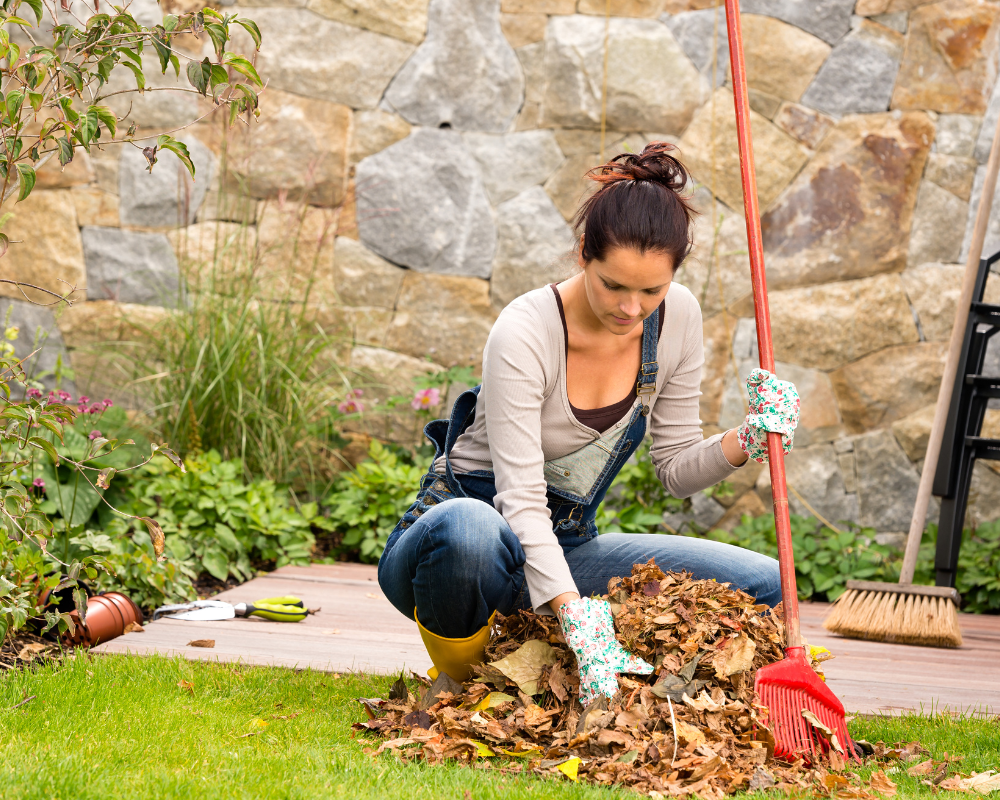
The cold weather of winter often leaves behind debris like fallen dead leaves, branches, and other organic matter. Using a pressure washer to clean the hard surfaces when preparing your garden and by clearing this debris is not only the best way to enhance the vision of your garden in the colder months but also reduces the risk of pests and diseases. Take essential steps of trimming back dead or damaged branches from trees and shrubs, and cut back any remaining perennial plants and foliage.
Soil Preparation

Healthy soil is the foundation of a successful garden and to get the best results for healthy plants soil test your garden soil pH and nutrient levels and amend accordingly. Incorporate the right fertilizer and organic materials, such as compost or well-rotted manure when preparing your garden, to improve soil structure and fertility. Turning the soil is an important role and helps better air circulation to break up areas of soil compaction.
Pruning and Trimming
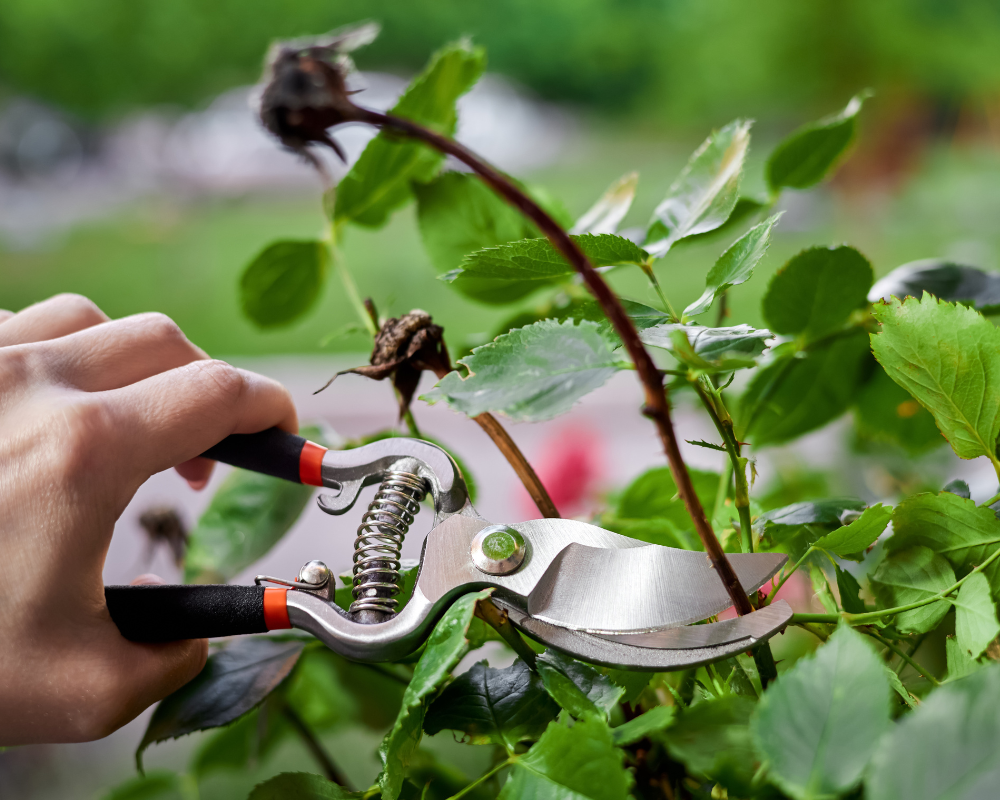
Preparing your garden by Pruning trees and shrubs before new growth emerges pre-growing season. Removing dead or diseased branches is a great way to encourage healthy development. For flowering shrubs, timing is crucial—consult a gardening calendar for specific recommendations and ideal time based on the plant variety or native species.
Divide and Conquer
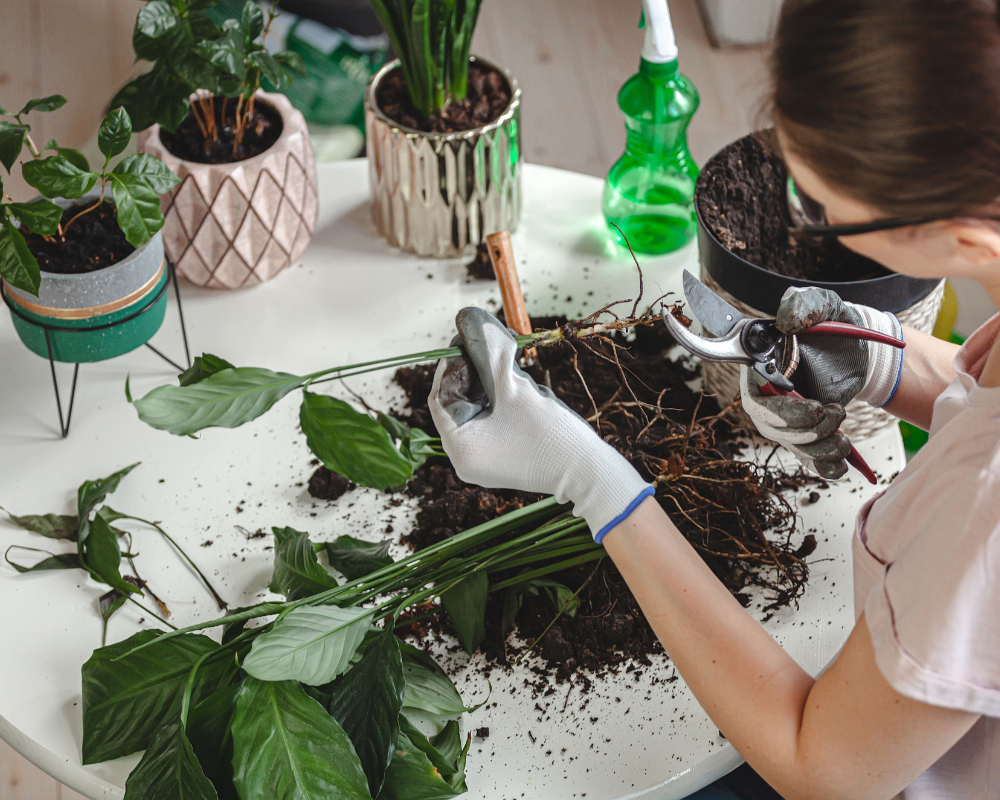
Spring is an excellent time to divide overcrowded perennials with strong roots and hardy bulbs. Lifting and separating plants, and replanting them with enough space is an excellent way when preparing your garden to promote healthy growth. This process not only rejuvenates the plants but also goes a long way to provide an opportunity to expand your garden or share plants with fellow gardeners or family member.
Planting

Once the risk of frost in winter months has passed, start planting your container gardens with spring flowers and vegetable plants in dedicated patches. Consider colorful annual plants like pansies and violas, to add instant vibrancy to your garden. Early-gardening season vegetables, such as lettuce and peas, can be sown directly into the ground.
Mulching
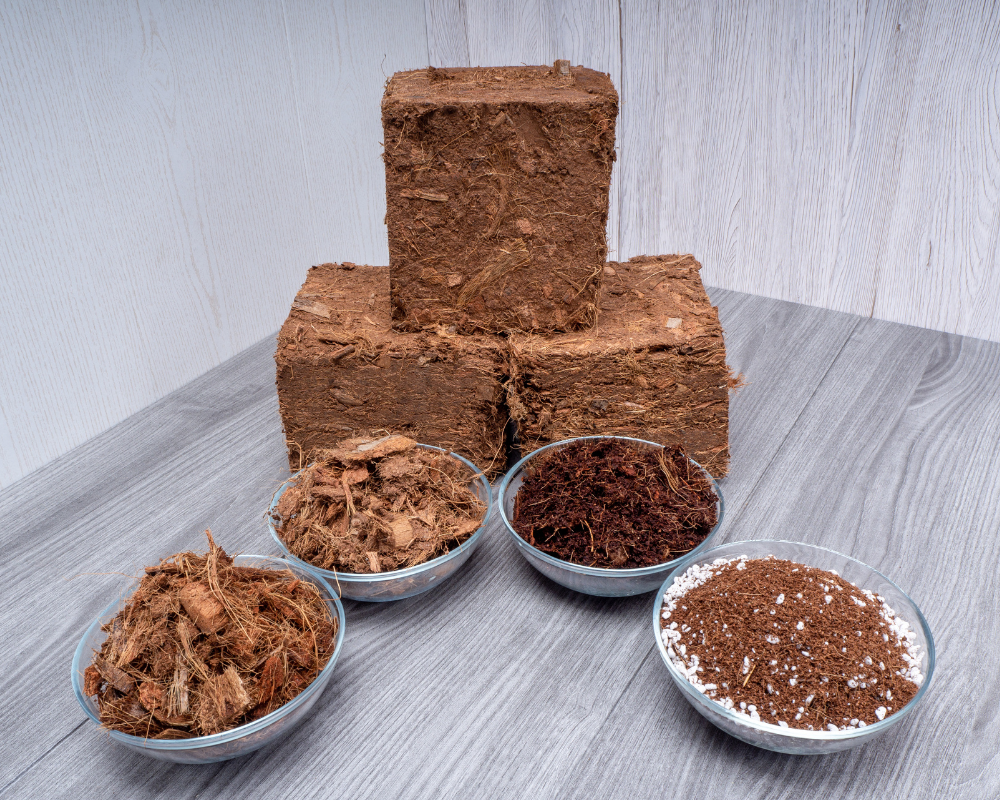
Applying a layer of mulch or wood chips around your plants helps retain soil moisture, suppress weeds, and regulate soil temperature. Use organic mulches like straw or bark, and apply them to a depth of 2-4 inches. Be sure to keep mulch away from the base of the plant stems to prevent rot when preparing your garden.
Irrigation Check

Check your irrigation system for any leaks or damage. Professional gardeners always ensure that the system is functioning properly when preparing the garden and will adjust watering schedules based on the needs of the plants. Spring weather can have adverse conditions and be unpredictable, so stay vigilant and water accordingly.
Fertilizing
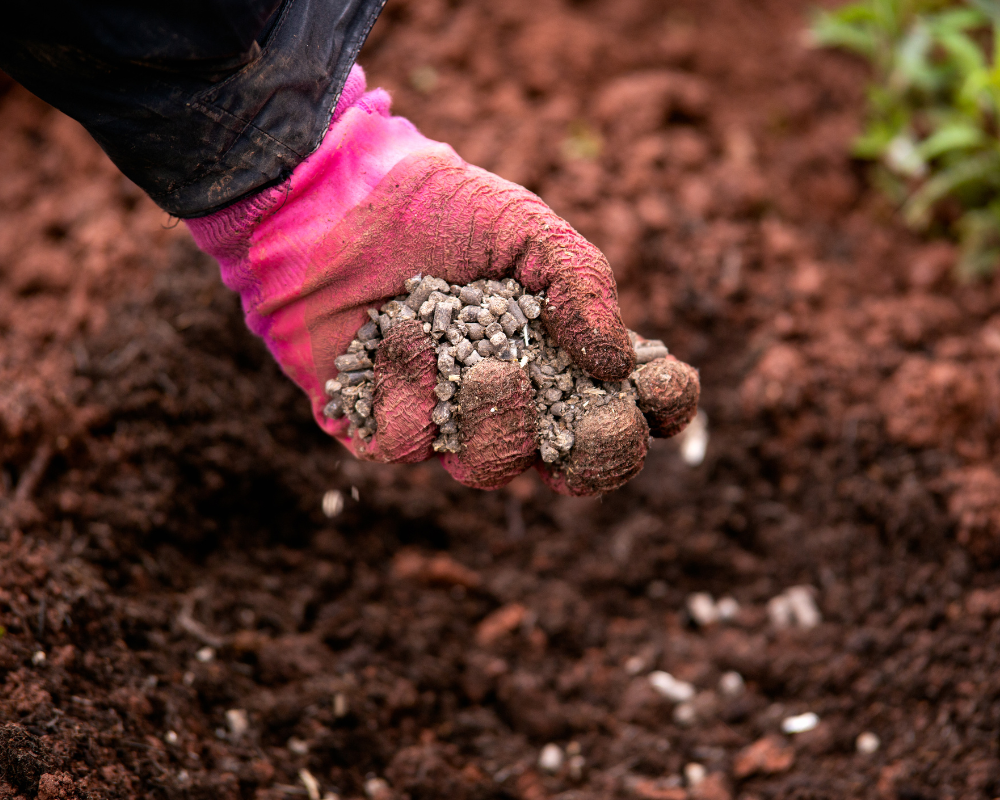
As tender plants break dormancy, this is the perfect time of year to provide a boost of nutrients. Apply a balanced layer of compost or slow-release fertilizer to support healthy growth. Follow the package’s simple steps instructions for application rates, and avoid over-fertilizing, which can harm plants.
Pest Prevention
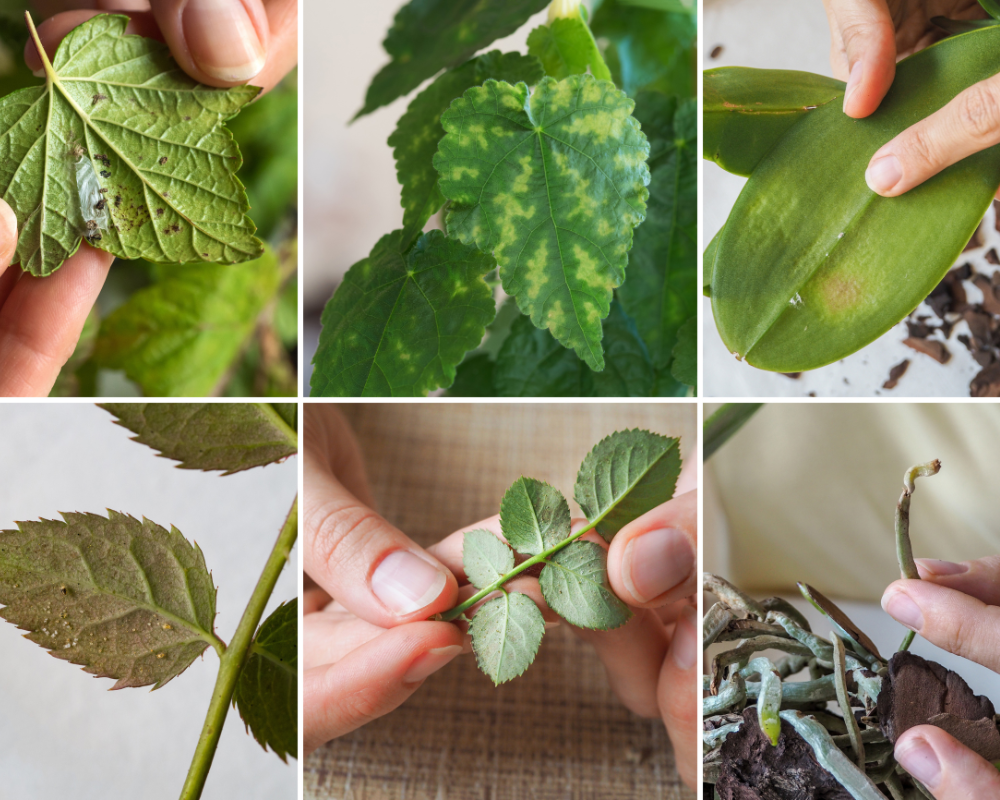
Keep an eye out for early signs of pests and plant diseases. Inspect the outdoor space and plants regularly, and take prompt action if you spot any issues. An easy way when preparing your garden is to consider using natural remedies or organic pesticides to minimize environmental impact.
Conclusion
By investing time and effort in preparing your garden for spring, you set the stage for a season of vibrant new blooms, lush foliage, and a flourishing outdoor haven. Whether you’re a seasoned gardener or just starting to test the water, the joy of witnessing your garden come to life is a reward that lasts well beyond the spring season. Happy gardening!



